The Role Of Stress And The Hpa Axis In Chronic Disease Management
The role of stress and the hpa axis in chronic disease management. As part of the physiological adaptation to stress the HPA axis mediates the function of the hypothalamic adrenal gonadal axis which is responsible for the reproductive ability of an organism. There are studies that suggest continuous stress can play a role in the development and proliferation of disease. Mental Emotional The physiochemical responses of the HPA axis are easily triggered by non-physical events.
In the skin there exists a peripheral HPA axis similar to the central axis. Early life stress predisposes individuals to develop a number of psychiatric syndromes particularly affective disorders including anxiety disorders and is therefore a significant health problemThis review examines the emerging literature on the relationship between stress hypothalamic-pituitary-adrenal HPA axis function and generalized anxiety disorder GAD panic disorder and phobias and the role of early life stress as an important risk factor for HPA axis. Mental emotional stress sleep disorders metabolicglycemic dysregulation and chronic inflammation.
These studies have consistently reported that hypothalamo-pituitary-adrenal HPA axis activation during stressor exposure has an ameliorating effect on the severity of a chemically induced colitis. These mechanisms controlled by the hypothalamic-pituitary-adrenal HPA axis and the sympathetic nervous system are known collectively as the stress response and work to maintain homeostasis in the body. Most chronic stressors operate at low levels and go unrecognised by the patient.
The Role of Stress and the HPA Axis in Chronic Disease Management Second Edition. Added stress can play a role in many chronic disease processes. Start by marking The Role of Stress and the HPA Axis in Chronic Disease Management.
This association may be mediated by alterations in the hypothalamic-pituitary-adrenal HPA axis. Goodreads helps you keep track of books you want to read. The hypothalamic-pituitary-adrenal HPA axis is one of the bodys neuroendocrine networks that responds to psychological stress PS.
There are four general categories of chronic HPA-axis stress that clinicians should evaluate in each patient. The Role of Stress and the HPA Axis in Chronic Disease Management. Chronic stress combined with positive energy balance may be a contributor to the increased risk for obesity especially upper body obesity and other metabolic diseases.
Association between Stress and the HPA Axis in the Atopic Dermatitis. Oughtfully written and richly illustrated this guide is.
Oughtfully written and richly illustrated this guide is.
Endocannabinoid eCB signaling serves to maintain HPA-axis homeostasis by buffering basal activity as well as by mediating glucocorticoid fast feedback mechanisms. Cortisol is the main stress hormone in the body which is necessary in certain situations. There are studies that suggest continuous stress can play a role in the development and proliferation of disease. This association may be mediated by alterations in the hypothalamic-pituitary-adrenal HPA axis. Increased stress on the body means increased levels of cortisol. The Role of Stress and the HPA Axis in Chronic Disease Management Point Institute In simple terms this Road map is about the stress response system primarily the HPA axis and how a clinician can understand and apply the vast amount of recent clinical research to improve patient outcomes. Early life stress predisposes individuals to develop a number of psychiatric syndromes particularly affective disorders including anxiety disorders and is therefore a significant health problemThis review examines the emerging literature on the relationship between stress hypothalamic-pituitary-adrenal HPA axis function and generalized anxiety disorder GAD panic disorder and phobias and the role of early life stress as an important risk factor for HPA axis. These mechanisms controlled by the hypothalamic-pituitary-adrenal HPA axis and the sympathetic nervous system are known collectively as the stress response and work to maintain homeostasis in the body. One of the main functions of HPA axis is glucose regulation insulin sensitivity and overall energy balance.
The hypothalamic-pituitary-adrenal HPA axis is one of the bodys neuroendocrine networks that responds to psychological stress PS. There are studies that suggest continuous stress can play a role in the development and proliferation of disease. PRINT VERSION Books Will Start Shipping on October 30th 2020 A Balanced and Evidence-Based Approach Few clinicians today would dispute that stress has a detrimental impact on human health. These studies have consistently reported that hypothalamo-pituitary-adrenal HPA axis activation during stressor exposure has an ameliorating effect on the severity of a chemically induced colitis. Most chronic stressors operate at low levels and go unrecognised by the patient. The Role of Stress and the HPA Axis in Chronic Disease Management. Activation of the hypothalamic-pituitary-adrenal HPA axis including the release of glucocorticoids is the fundamental hormonal response to stress.
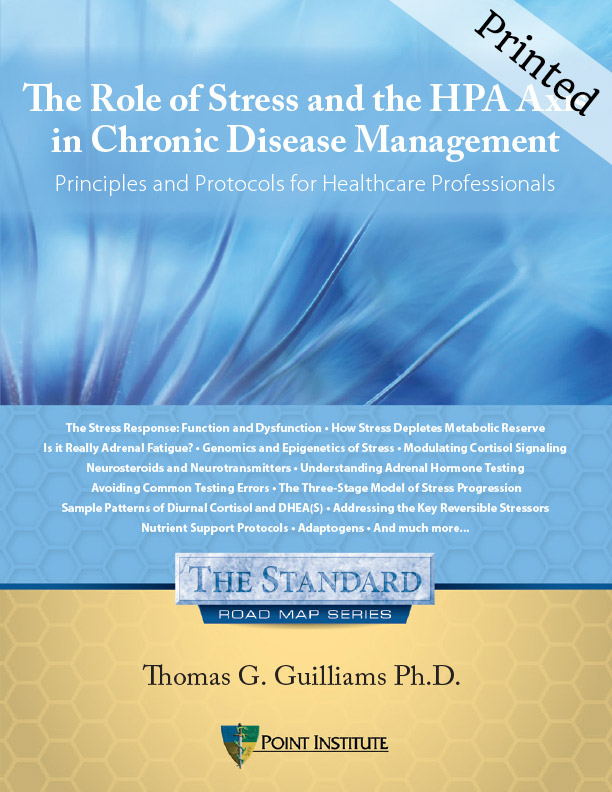
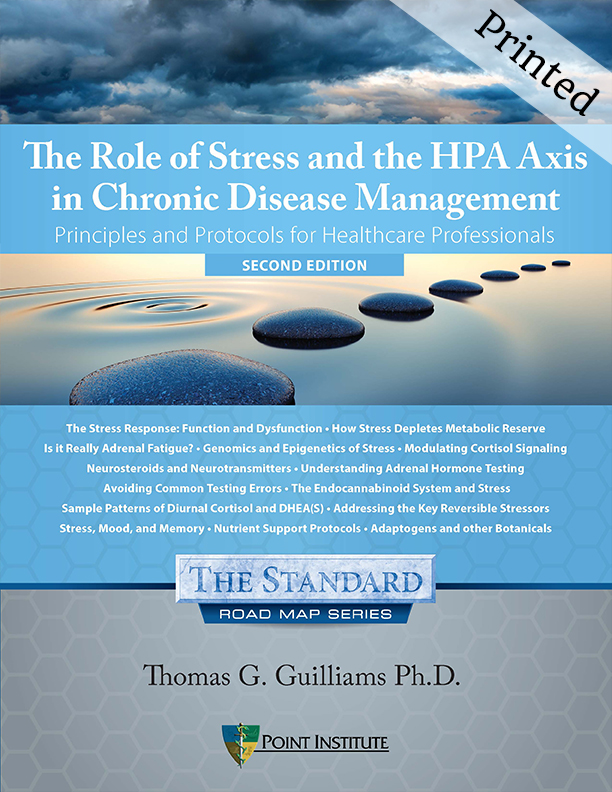


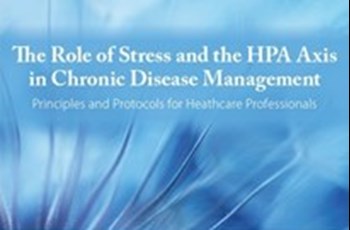




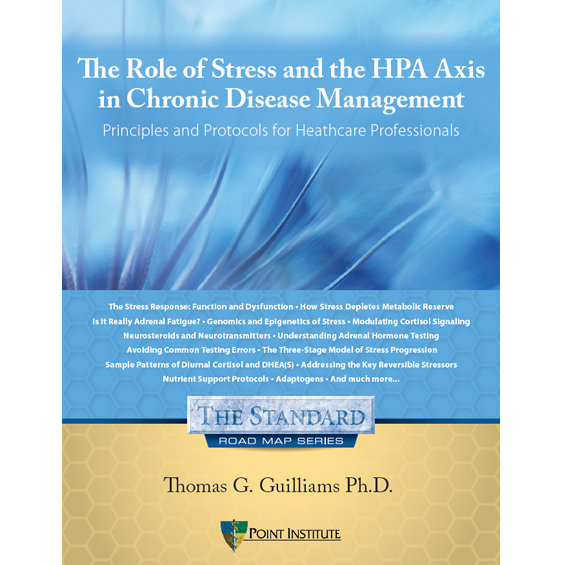








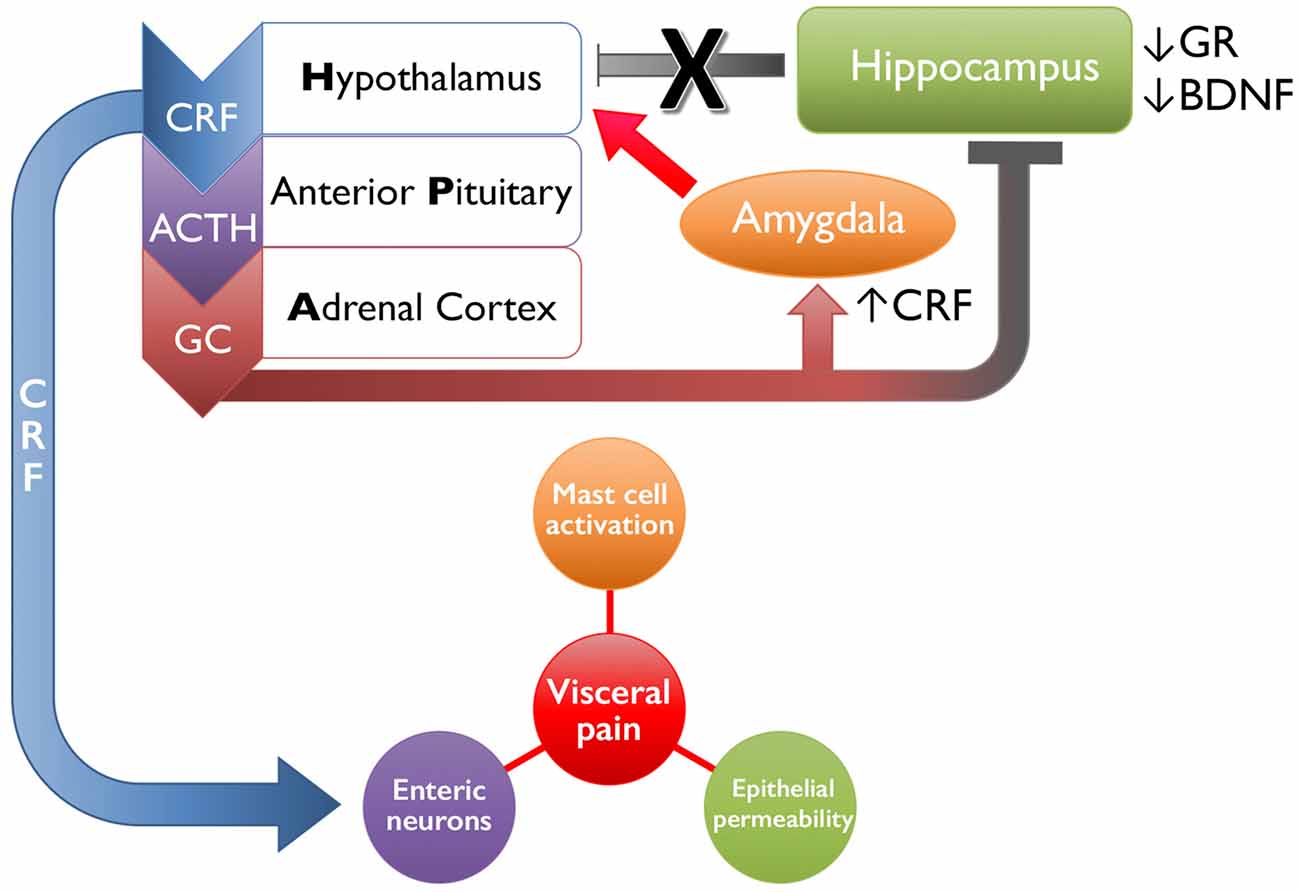
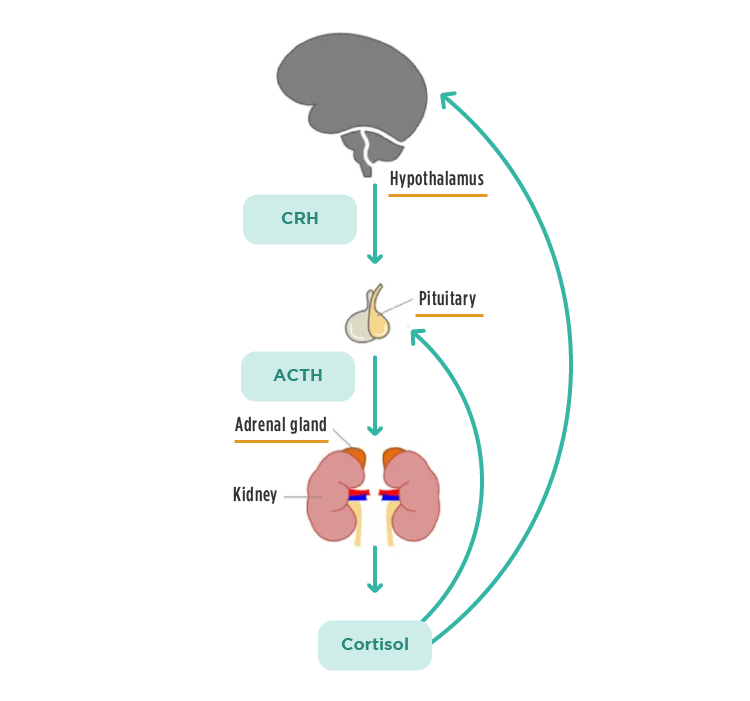
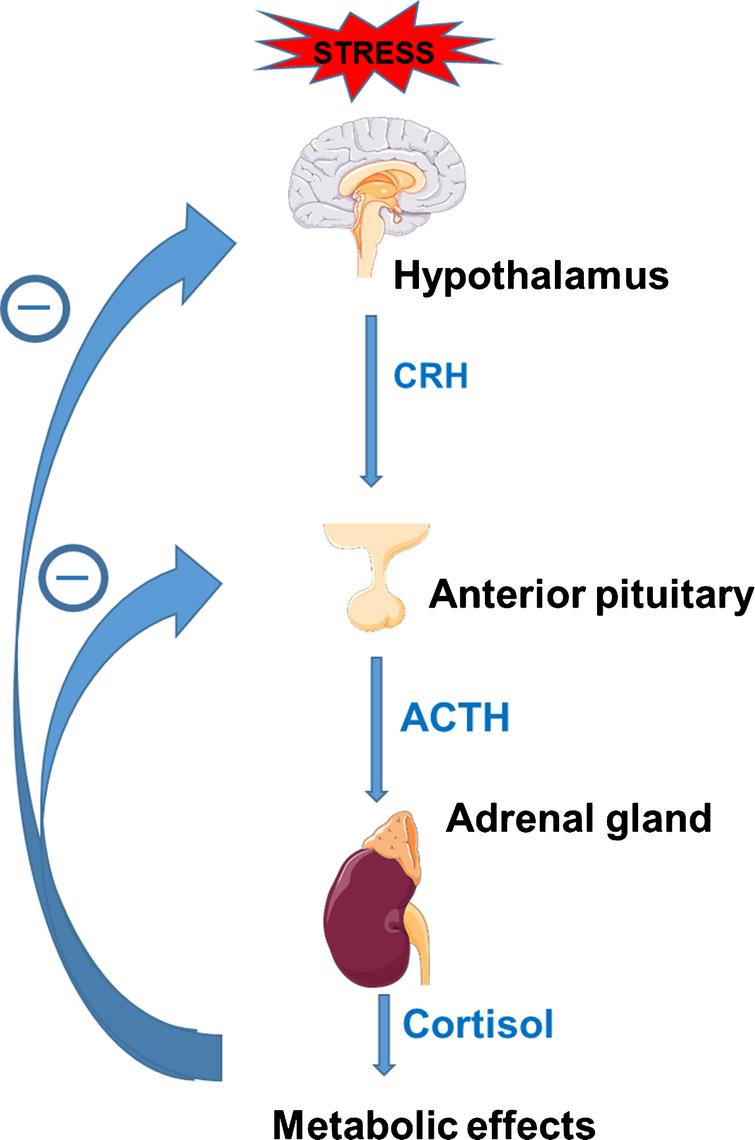

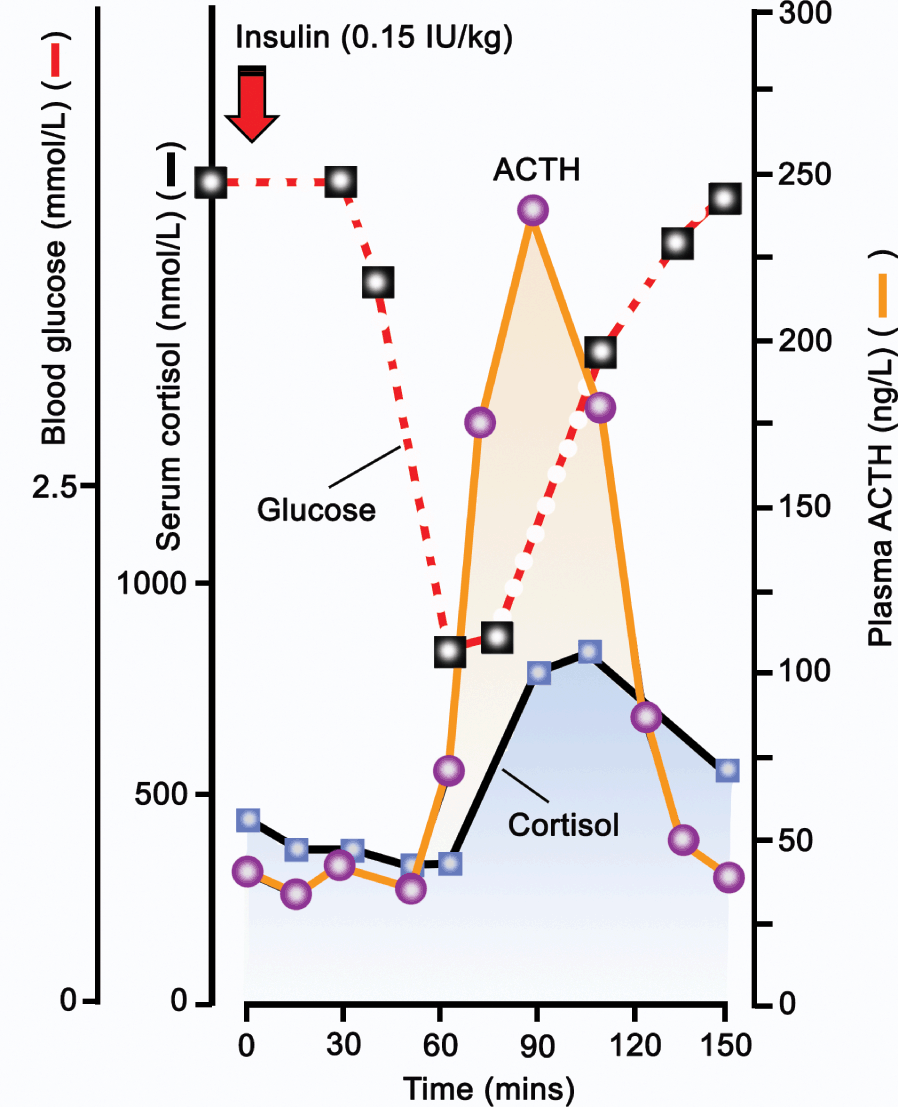


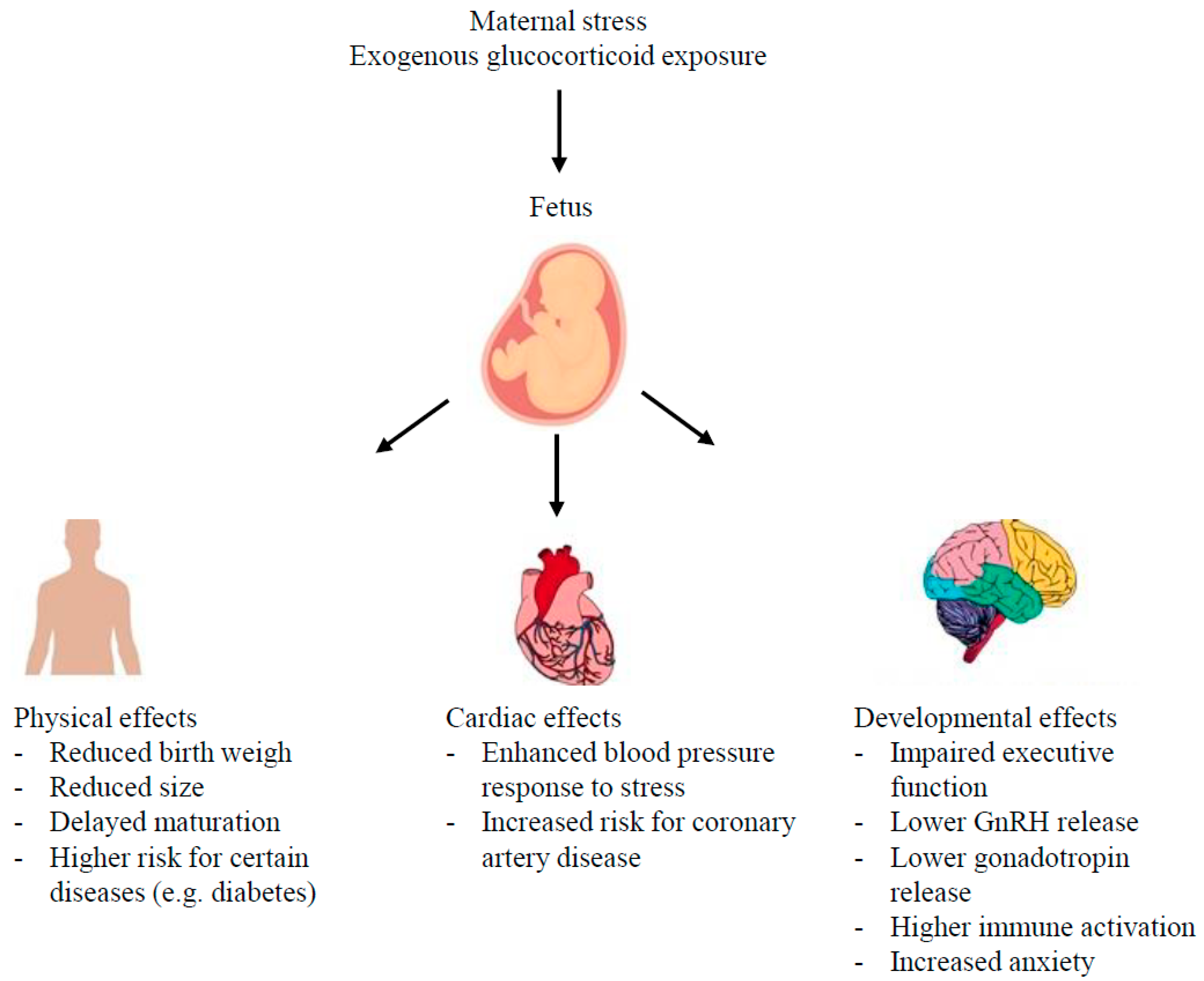
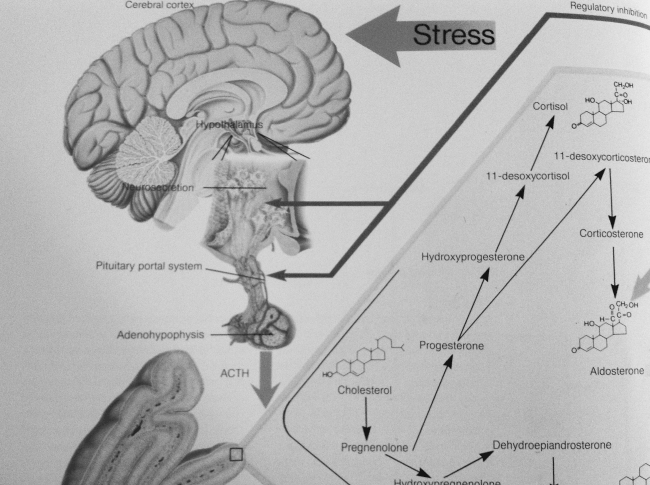
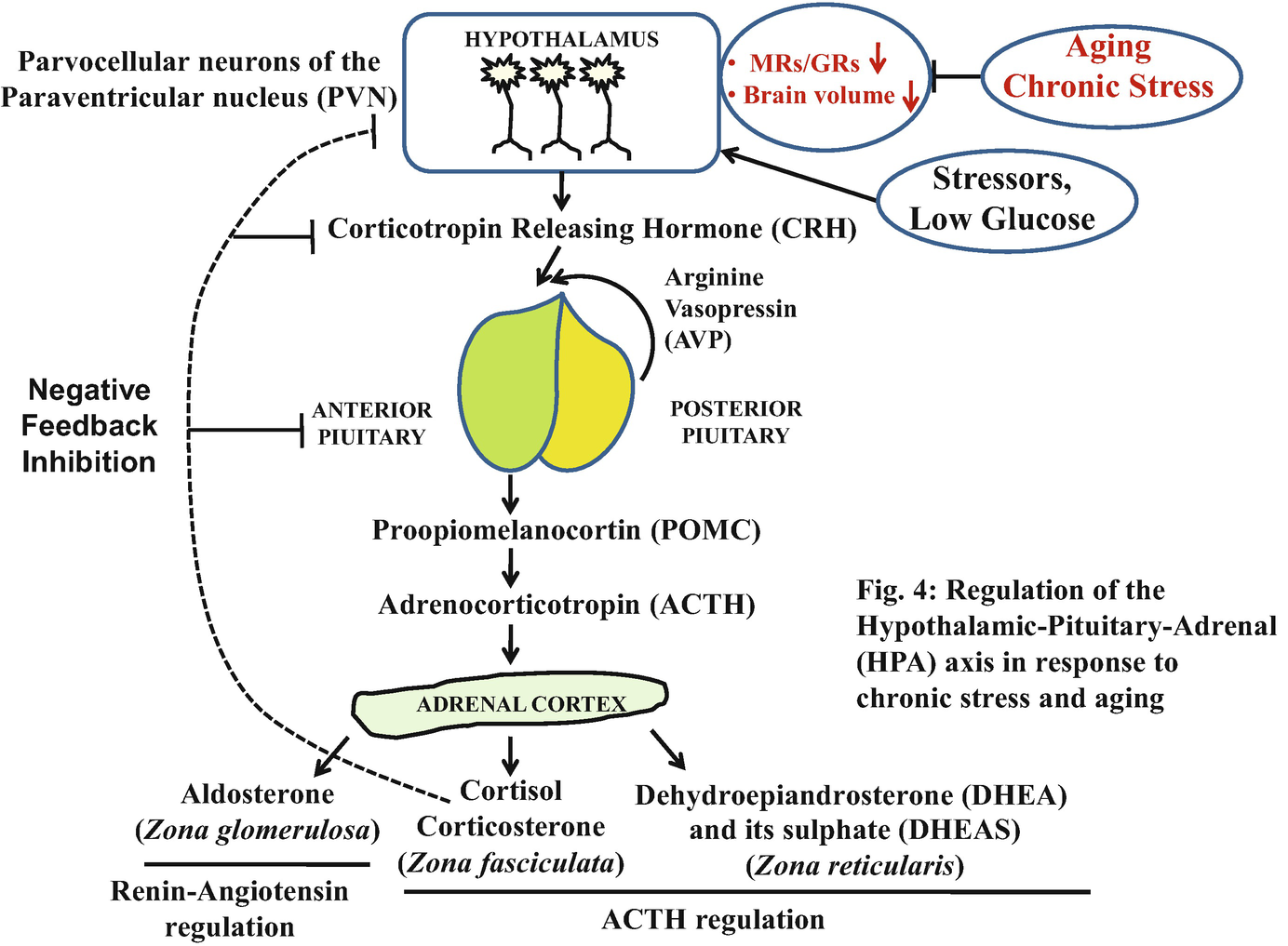
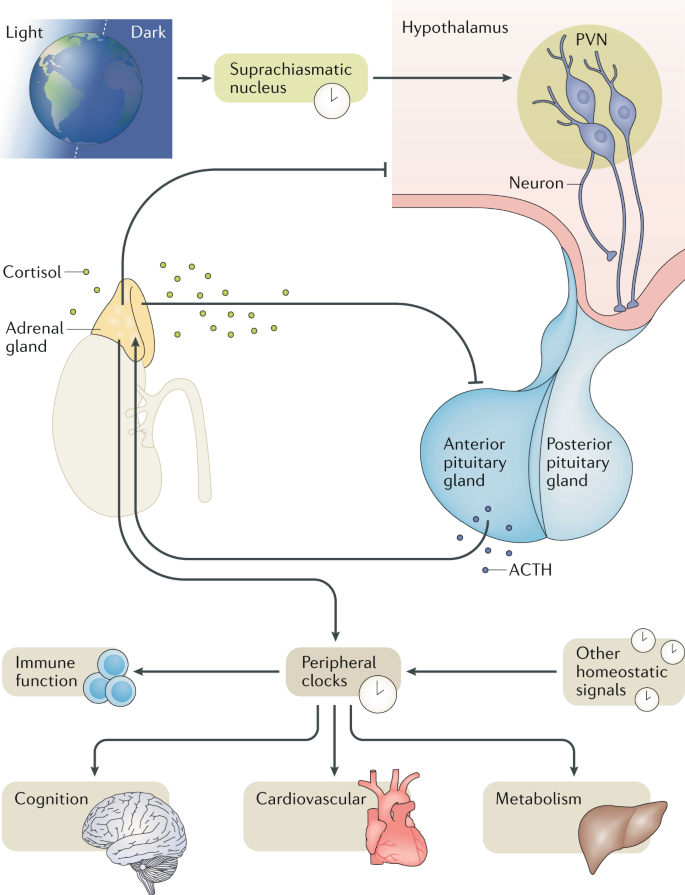

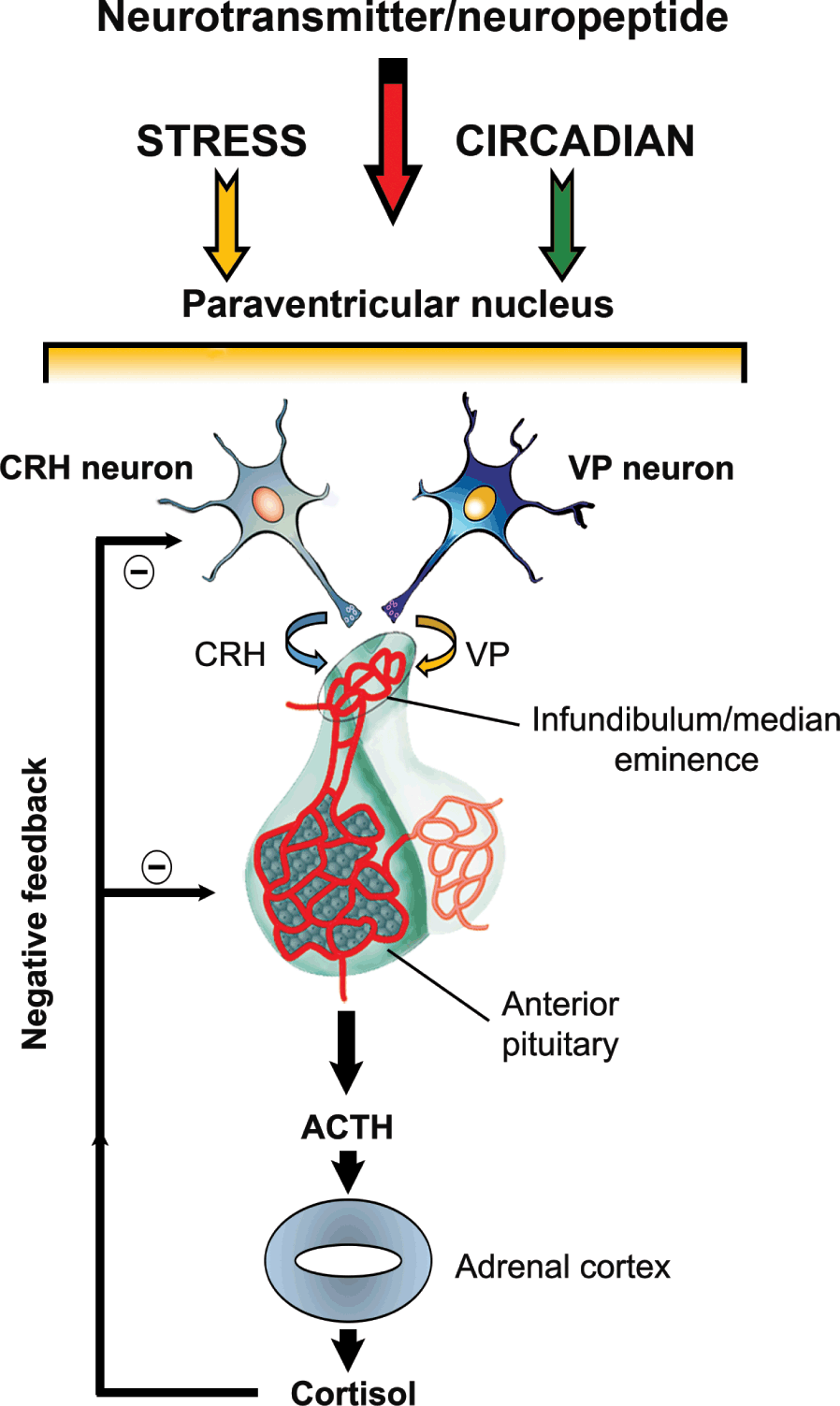
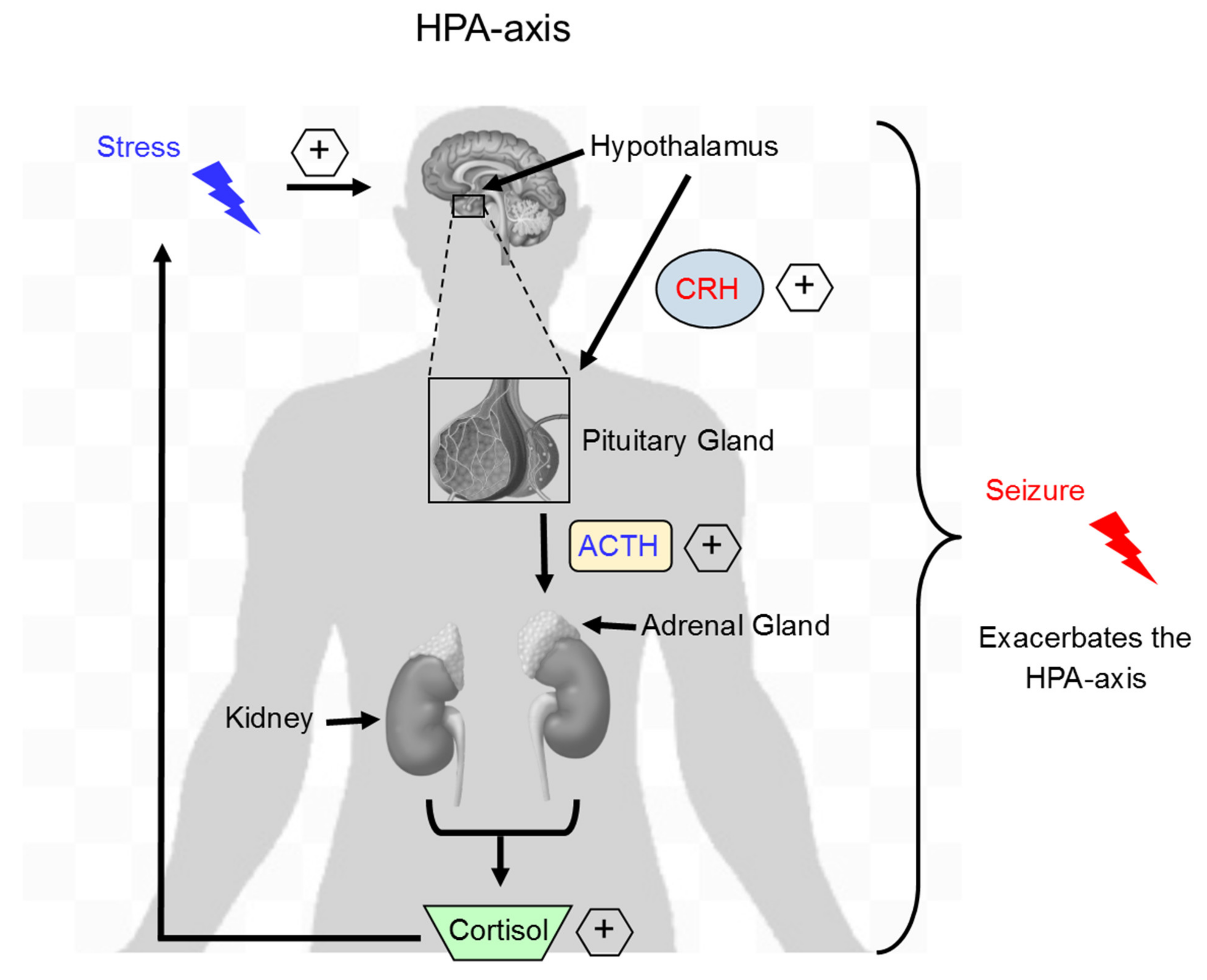

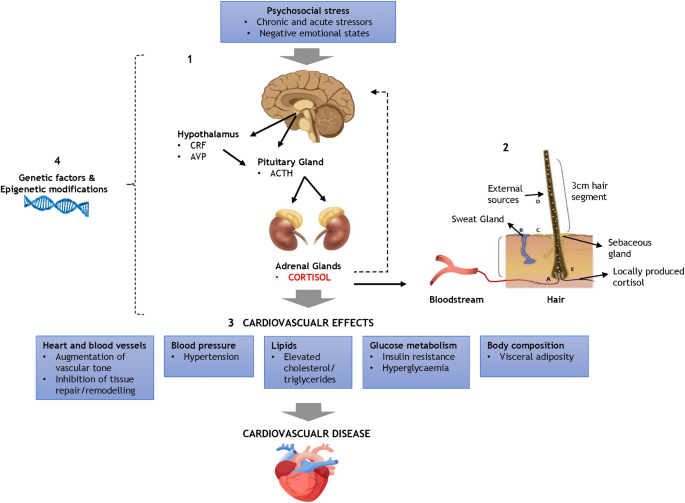



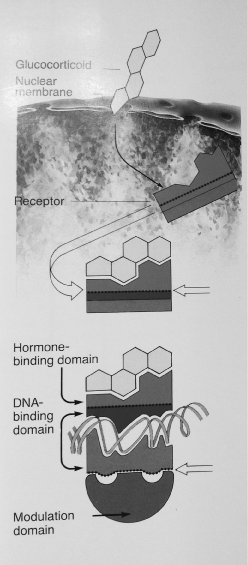
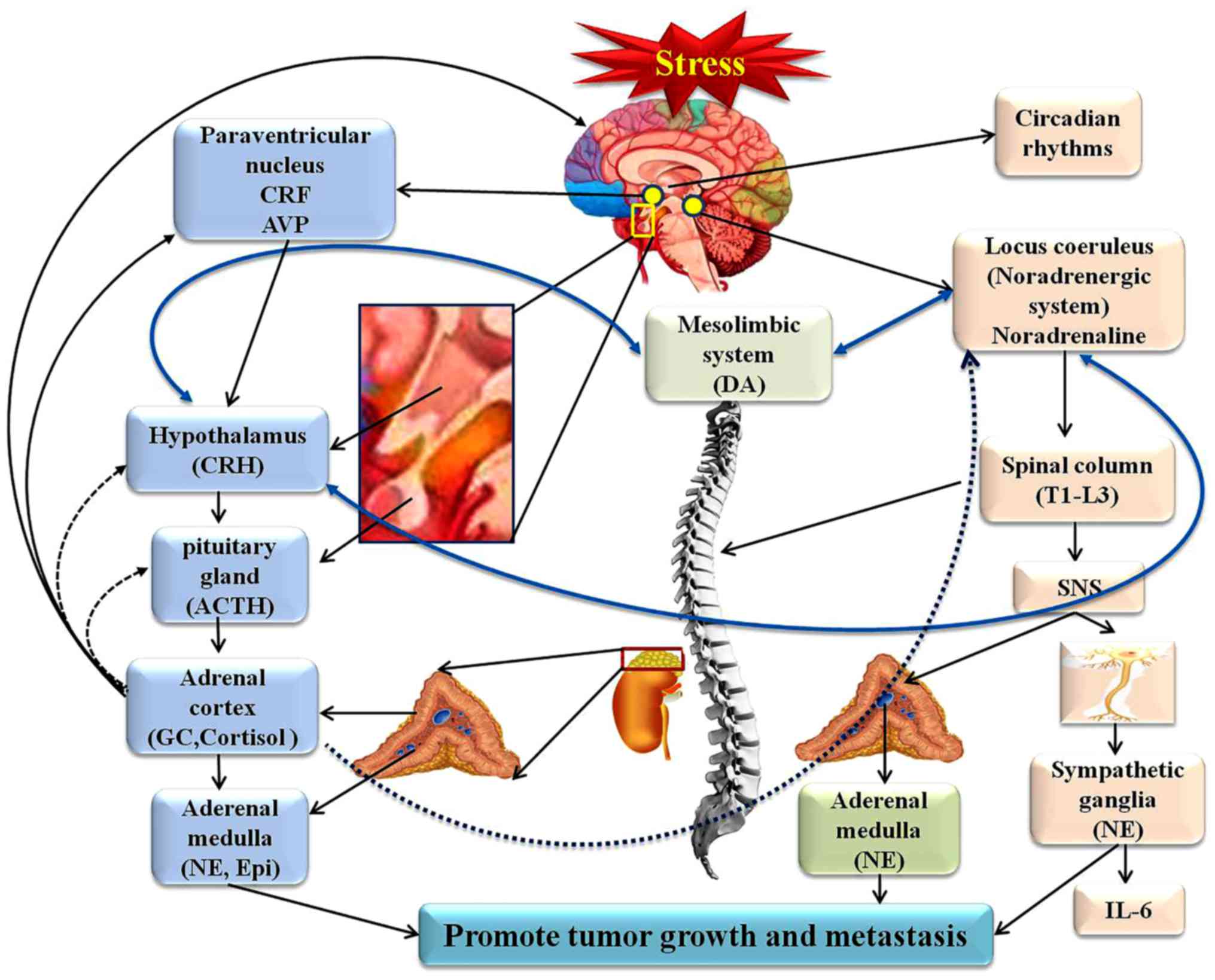

Post a Comment for "The Role Of Stress And The Hpa Axis In Chronic Disease Management"